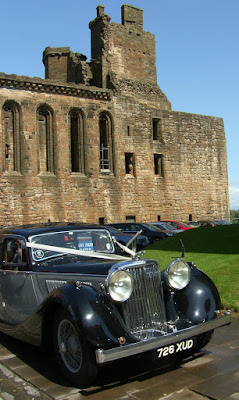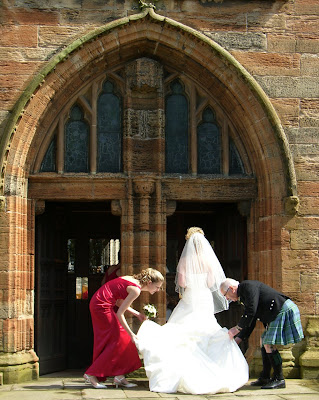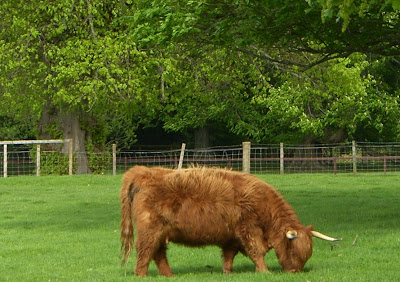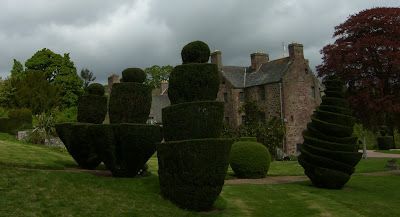
Tour Scotland photograph of St Michael's Church,
Linlithgow,
Scotland. St. Michael's Parish Church is one of the largest burgh churches in the Church of Scotland. It is one of two parishes serving the West Lothian county town of Linlithgow, the other being St. Ninian's Craigmailen. St Michael is the town's patron saint; the town's motto is "St Michael is kinde to strangers".
King David I of Scotland granted a charter for the establishment of the church in 1138. The church was built on the site of an older church and was consecrated in 1242. Following a fire in 1424, most of the present building dates from the mid 15th century, with extensive restorations in the 19th century.
Being adjacent to Linlithgow Palace, the church was much favoured as a place of worship by Scottish Kings and Queens. Mary Queen of Scots was born in Linlithgow Palace on 8 December 1542 and was baptised in St Michael’s Church.
Following the Reformation, the interior of the church was reordered. Some traces of pre-Reformation artefacts can still be detected. In 1646, Oliver Cromwell's troops stabled their horses within the nave. Following the departure of the troops considerable restoration was required.
By the early 19th century the church was in a very poor physical condition. Although repairs were made, many of the historic features of the church were destroyed, the interior walls were whitewashed, a plaster ceiling replaced a fine 16th century one and in 1821 the stone Crown Tower, similar to that of St Giles' Cathedral, had to be dismantled.
By the late 19th century tastes had changed radically, with the installation of the church's first post-Reformation stained glass windows. In 1964, in a then highly controversial move, an aluminium crown was installed, replacing the Crown Tower removed in 1821. The modern crown is evocative of Christ's crown of thorns; it is intended to emphasise the kingship of Christ over his church.
All photographs are copyright of Sandy Stevenson, Tour Scotland, and may not be used without permission.
View the most recent
Tour Scotland photographs.












































